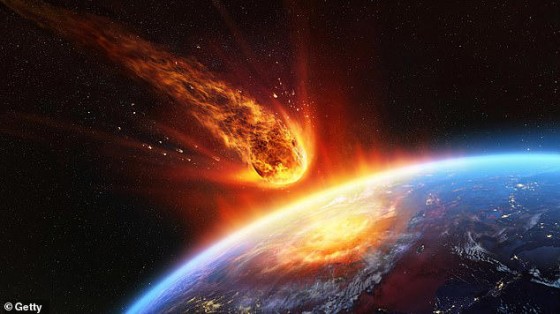A newly updated analysis by astronomers has revealed alarming news: a near-Earth asteroid once believed to be relatively small is actually much larger—posing a significantly greater threat to urban areas should an impact ever occur.
The asteroid, which has been monitored by multiple space agencies, was originally estimated to be around 250 meters wide. However, after more precise radar imaging and calculations, scientists now confirm that the object may measure well over 350 meters in diameter—large enough to flatten an entire city upon impact.
“This is the kind of asteroid that could cause regional devastation,” said a planetary defense expert from NASA. “We’re not talking about global extinction, but if it struck near a populated area, the results would be catastrophic.”
The revelation came after a recent pass near Earth gave scientists a clearer radar signature of the object. The asteroid does not pose an immediate threat, but the fact that its size was significantly underestimated has sparked renewed urgency around asteroid tracking efforts.
Asteroids of this size strike Earth only once every few thousand years, but the damage they can cause—earthquakes, firestorms, tsunamis, and atmospheric shockwaves—has led space agencies to prioritize asteroid detection and deflection programs.
NASA’s Planetary Defense Coordination Office and other international observatories are working on enhanced models to improve asteroid size prediction and orbital path projections. Simultaneously, missions like the DART (Double Asteroid Redirection Test), which successfully nudged a small asteroid last year, are part of humanity’s early defense strategies.
Experts stress that there is no cause for panic at this time, as the asteroid’s orbit currently keeps it at a safe distance from Earth. However, they also warn that the unexpected size discrepancy should be a wake-up call.
“This is a reminder that we still don’t know everything that’s out there,” said one astronomer. “And what we don’t know could hurt us.”
The findings have sparked global discussions on increasing funding and collaboration for planetary defense programs—before a surprise from the skies becomes more than just a theoretical threat.

